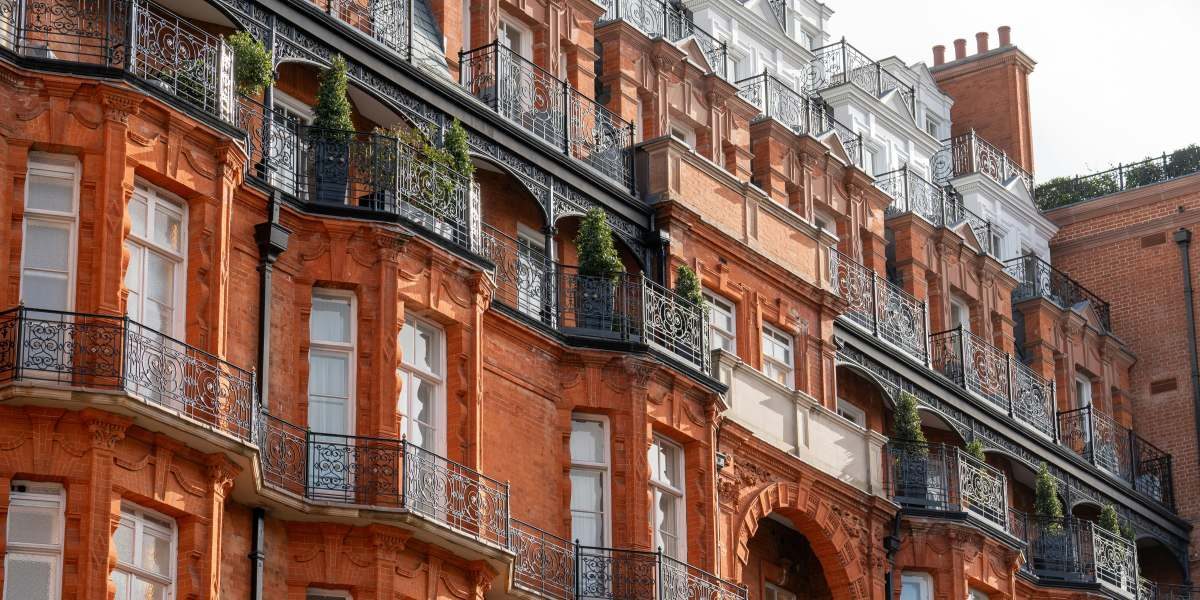Historic homes often possess a unique charm and character that modern architecture sometimes struggles to replicate. From intricate detailing to thoughtful layouts, historic properties offer a connection to the past while still providing opportunities for modern comfort. As noted by Harmony Group Capital, many homeowners are drawn to these buildings not only for their beauty and history but also for the sense of community they can foster.
Living in such a home often means becoming a steward of heritage, preserving its essence while adapting it to current needs. Whether through energy-efficient upgrades, renovations, or simply appreciating the artistry of bygone eras, owning a historic home can be a deeply rewarding experience.
What Makes a Building Historic
A historic building is typically recognized for its architectural, cultural, or social significance, often tied to a specific period or style. These structures may be listed in official registries like the National Register of Historic Places or protected by local preservation laws.
Many historic homes were built during eras when craftsmanship and design were highly valued. Styles such as Colonial Revival, Queen Anne, and Craftsman reflect the materials and aesthetics of their time, offering a window into the past.
Character, Craftsmanship, and Timeless Designs
Historic homes are often celebrated for their unmatched attention to detail. From hand-carved moldings to intricate woodwork and stone masonry, these elements reflect a level of artistry that is less common in modern construction. Many of these homes feature tall ceilings, grand staircases, and custom-built cabinetry that add a sense of personality and permanence.
Unlike newer builds that follow mass-produced templates, historic homes feel curated and unique, each one telling its own story. Their appeal lies in the emotional connection people feel when walking through spaces that have stood the test of time. The patina of aged wood, the creak of original floorboards—these are qualities that often evoke warmth and authenticity.
Blending Old Structures with Modern Living
Modern renovations enable homeowners to appreciate the charm of a historic building while enjoying today’s comforts. Updated electrical systems, efficient plumbing, and discreetly installed HVAC systems can make these homes as livable as any new build without disrupting their original character.
Smart technology can be subtly incorporated into older homes. Hidden speakers, wireless lighting systems, and even underfloor heating may be added without compromising historic features. In many cases, design teams take great care to match new materials with old, preserving visual harmony. These updates typically require thoughtful planning to ensure the home’s essence remains intact.
A Victorian-era townhouse, for example, might now include a sleek kitchen tucked behind original pocket doors or a spa-like bathroom where servants’ quarters once stood. These updates breathe new life into old bones, helping ensure longevity and livability without sacrificing identity.
Environmental and Economic Advantages
Preserving and repurposing an older home is often a more eco-conscious choice than building new. Reusing existing structures reduces the demand for raw materials and minimizes construction waste, giving the home a second life while conserving resources.
Older buildings were frequently constructed with durable, locally sourced materials that have aged well over time. Thick plaster walls, hardwood flooring, and slate roofing not only offer longevity but can also contribute to better insulation and energy efficiency when properly maintained.
In many regions, governments provide tax credits, grants, or other incentives to encourage the restoration of historic properties. These financial benefits can help offset renovation costs and make owning a historic home a more attainable investment. Additionally, property values in historic districts tend to remain stable or appreciate due to neighborhood appeal.
Location Benefits and Community Impact
Historic homes are often situated in neighborhoods that have long been established, with trees, walkable streets, and a strong sense of belonging. These areas tend to be well-connected, with access to local shops, schools, and public transit, making daily life more convenient and community-oriented. Residents often find themselves part of a close-knit community with shared respect for local history.
Practical Considerations for Prospective Buyers
Purchasing a historic home requires careful planning and attention. Some properties may come with structural quirks or deferred maintenance that isn’t immediately obvious. A thorough inspection by a specialist familiar with older construction can help reveal potential issues before closing. Understanding the home’s history can also offer insight into future needs.
Buyers may also need to navigate zoning laws, historic district regulations, or renovation restrictions that limit exterior changes. Working with professionals who understand preservation standards can make the process smoother and help avoid costly missteps. Professional guidance and architectural consultation are often invaluable during such projects.
Despite the added considerations, many buyers find the rewards far outweigh the challenges. The result is a space that not only reflects personal style but also honors the character and legacy of a bygone era.

















